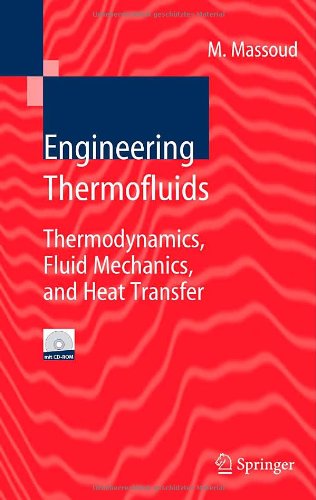

Most ebook files are in PDF format, so you can easily read them using various software such as Foxit Reader or directly on the Google Chrome browser.
Some ebook files are released by publishers in other formats such as .awz, .mobi, .epub, .fb2, etc. You may need to install specific software to read these formats on mobile/PC, such as Calibre.
Please read the tutorial at this link: https://ebookbell.com/faq
We offer FREE conversion to the popular formats you request; however, this may take some time. Therefore, right after payment, please email us, and we will try to provide the service as quickly as possible.
For some exceptional file formats or broken links (if any), please refrain from opening any disputes. Instead, email us first, and we will try to assist within a maximum of 6 hours.
EbookBell Team

4.7
96 reviewsThe "Engineering Thermofluids" is a unique textbook, which brings the three pillars of thermal sciences; thermodynamics, fluid mechanics, and heat transfer under one umbrella. These three distinct, yet intertwined subjects are treated in an integrated manner. The primary audiences for this book are senior undergraduate, graduate, and practicing engineers in the fields of aeronautical, chemical industrial, mechanical, and nuclear engineering. Topics are discussed in detail while still using a simple and easy to follow approach. Numerous walk-through examples are solved and illustrations are provided to guide the reader through more subtle topics. Each chapter starts with a section for the introduction of various terminologies used. The chapter on thermodynamics covers the first law, the second law, the power cycles, and the mixture of gases. The chapter on fluid mechanics covers both steady-state and transient single phase-flow as well as two-phase flow. The chapter on heat transfer covers conduction, convection, radiation, boiling, and condensation. These chapters are followed by the chapter on applications of the engineering thermofluid, which covers the design and operations of various heat exchangers, turbomachines, and flowmeters. Many practical design problems are either solved or provided as homework. Practicing engineers will find this book a useful text to have around for the many practical problems and solutions, illustrations, definitions, methods, tables, and figures provided. The preference throughout the text is on obtaining analytical solutions of a closed form. Numerical solutions as well as experimental results are presented when analytical solutions cannot be found.